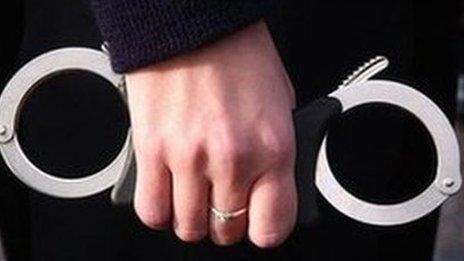Scottish homicide figures at lowest recorded levels
- Published
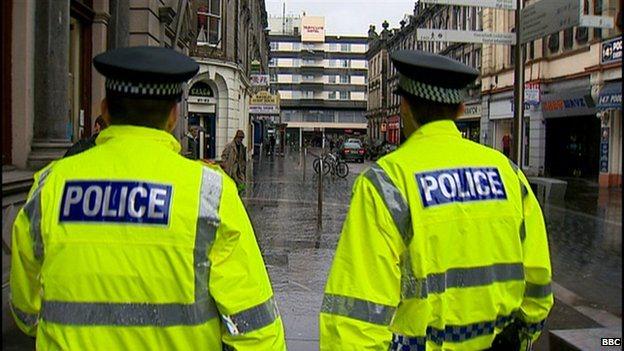
The number of homicides committed in Scotland in 2013-2014 has fallen by 5% to 60 - the lowest recorded figure.
In the year to the end of March, nearly three quarters of the killings (72%) took place in houses or common closes.
A total of 70% of victims knew their killers and knives were used in 38% of homicides - a significant reduction from previous years.
Three quarters of the victims (75%) were male and the majority of accused people were also male (84%).
The Homicide in Scotland, external figures were published by Scotland's chief statistician.
The 60 cases - three fewer than the previous year- involved 61 victims, two fewer than in 2012-2013.
The statistics, first recorded in 1976, showed that female victims were more likely to be killed by a partner or ex-partner (accounting for 67% of female victims, where the relationship between the accused and victim was known).
Male victims were more likely to be killed by a social acquaintance (68% of male victims where the relationship between the accused and victim was known).

Analysis
By Reevel Alderson, Home Affairs Correspondent
There are a number of possible reasons why Scotland's homicide rate has been falling for 10 years.
First, it is part of a general downward trend in violent crime generally.
But beyond that, the reasons for the improving picture are complex - and the result of a long-term strategy.
In 2005, as homicide figures peaked at 134, more than twice today's rate, Strathclyde Police set up the Violence Reduction Unit (VRU).
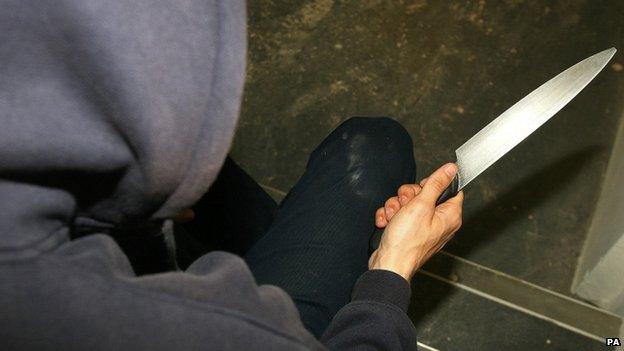
Later expanded to a pan-Scottish role, it was led by a senior and seasoned detective, John Carnochan whose almost messianic zeal gave the unit the profile and credibility it needed if it were to succeed.
While the government concentrated on campaigns against knife-carrying and changing the law to increase penalties, VRU went onto the streets.
Gang members were called in to Glasgow Sheriff Court for sessions where they were told how the police would deal with continuing violent activity on the streets of the city's schemes.
And, like prisoners in young offenders' institutions, they were shown the physical effects of knife-carrying.
The result is no significant gang-related incidents in the huge Easterhouse scheme since 2010.
But there is one further possible reason for the fall in the number of homicide victims.
Improved medical care in the country's accident and emergency departments have meant several people whose lives have been saved have not joined the murder statistics.

Medical skills
More than half (52%) of those accused of homicide were under the influence of alcohol and/or drugs. In only a small fraction of cases (2%) was the accused under the influence of drugs only.
For just under a third (30%) of those accused, the alcohol and drug status was unknown.
Susan McVie, an expert in crime statistics at Edinburgh University, said the fall in the number of homicides reflected a general downward trend in violent crime.

Female victims were more likely to be killed by a partner or ex-partner
She said the work of the Scottish Violence Reduction Unit (VRU) had proved significant.
"Government publicity campaigns have played their part, but the VRU has been highly successful in working with young people, in particular gang members, to reduce the amount of violent crime," she said.
"The fact that the majority of homicides take place near or in people's homes shows the success of the anti-knife carrying message, in taking them off the streets."
Ms McVie added that a further factor in reducing the murder rate was the skill of medical staff in accident and emergency departments.
She said: "The sometimes heroic efforts of medical interveners is a major reason why more people aren't appearing on the homicide statistics after a violent attack on them."
'Stark reminder'
Justice Secretary Michael Matheson said: "Homicide is a devastating crime for the families of victims and while I am encouraged that last year we had the lowest levels on record, we cannot be complacent and must never forget the grieving families left behind.
"It is concerning that alcohol and drugs continue to be factors in over half of homicides and is another stark reminder of the devastating social harm these substances can cause.
"This is one reason why we are continuing in our efforts to encourage people to drink less alcohol, maintaining our commitment to introduce minimum pricing and to tackle the scourge of cheap, strong alcohol."
He added: "Our national drugs strategy is also having an effect and problem drug use is also falling, particularly amongst young people.
"We are also increasing the maximum penalty for knife possession from four to five years, combining tough enforcement alongside our education work."
Mr Matheson also pointed out that last week, the Scottish government announced its intention to consult on a specific domestic abuse offence and was committed to providing £34.5m in funding between 2012 and 2015 for domestic abuse initiatives across Scotland.
- Published9 December 2014
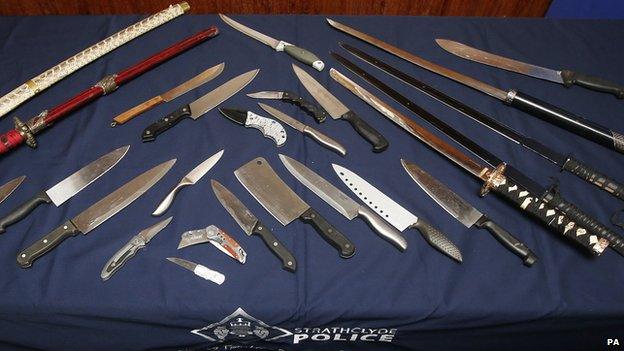
- Published25 November 2014
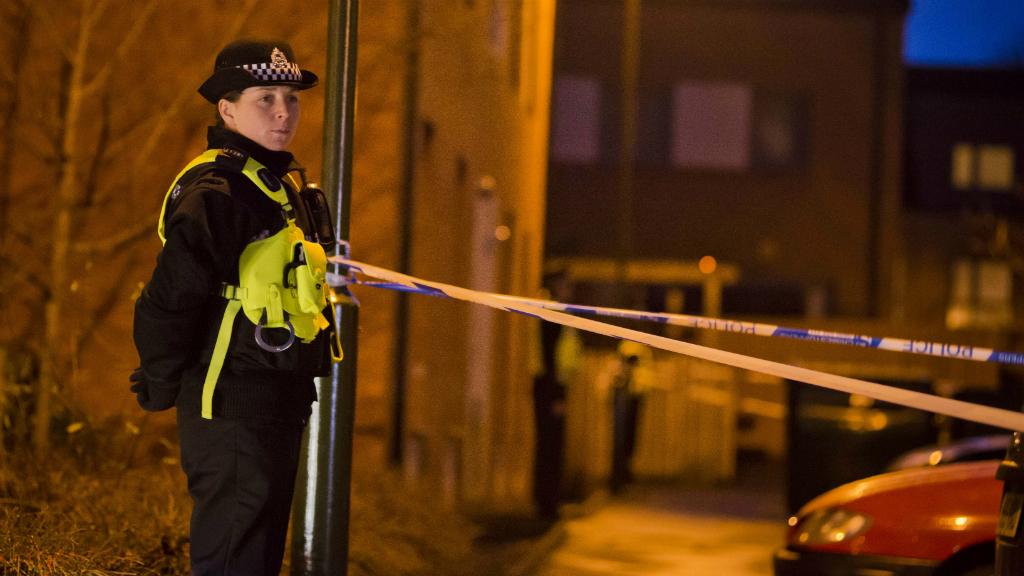
- Published7 March 2014
